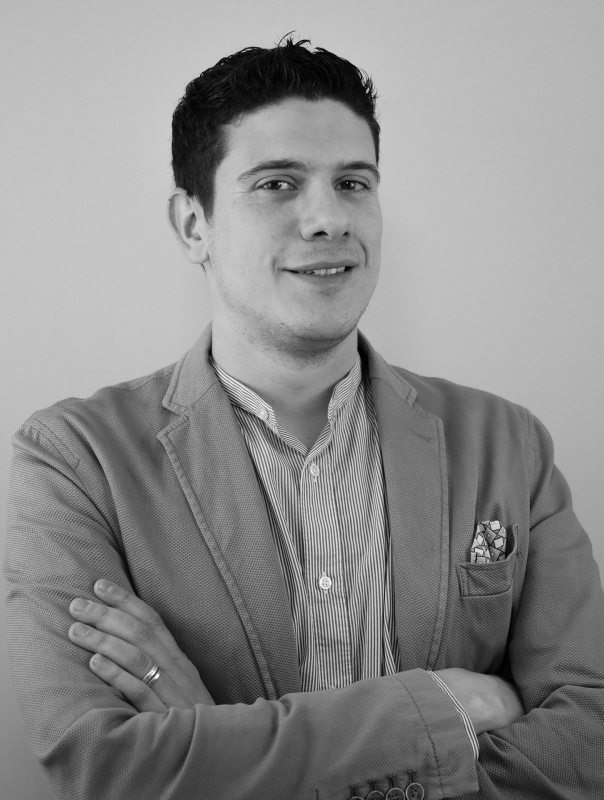Be agile or do agile. This is the question.

The 4th industrial revolution has already been underway for a good while now. I like to cite this famous quote by Håkan Strömbeck: "It's no longer the big fish that eats the little fish, but it's the fast fish that eats the slow fish". The globalized world, initiated more than a decade ago to the new economy pushes more and more companies to embrace the concept of change. Industry 4.0 also represents a political, economic and societal shift to an era of embedded connectivity with human behaviour taking on augmented social reality on how we experience & understand the world around us which has made us need to work in a more agile way. The Agile Manifesto turned 20 years old in 2021. Never as much as in the past decade has the 12 principles it expresses matches the needs of a company, of any size, from a large enterprise to start-up, to SME and macro-SME.
Who isn't talking about Agile in IT in 2021?
Yet the most important dichotomy always remains: Be agile or do agile. It can be easy to implement, a prepackaged recipe so that you get the basics to feel Agile, take a SCRUM course and feel safe, copy Agile adoption from a success case and think it will work in every company. For a dynamic SME such as Trust-IT & COMMpla where we have always adopted a client-centric approach, and where the need for each project has always been to put the needs of our clients first and are always at the centre of the discussions, an agile approach was making more & more sense for us to adopt in our everyday work.
One of the biggest mistakes of Agile adoption is to study the Spotify Model[1], do as they do and from day 0, feel like Spotify. But just as Henrik Kniberg (Former Agile Coach at Spotify) himself argued, "The Spotify Model is for you, if you are a product company, streaming audio content, serving the same number of customers that Spotify serves, having the same culture as Spotify, etc... Simply, if you are like Spotify." It's clear that this can't happen, as every one of us is a unique individual, so every organisation in the world considers itself unique.
So, who cares? We do!
How did Trust-IT & COMMpla approach this mindset? Simple, it's the marketplace that made us realise that the world was going in a different direction, and we needed to equip our departments for change.
The diversity of our large array of clients was crying out for this, the opportunities in new and ever-changing fields pushed us to think about what we needed to adapt to suit each and every one of them, how we needed to adapt to change and provide the same high-quality results and retain our very human factor of dialogue with them.
The first activity that enabled us to change, to embrace the Agile mindset as a pillar of modus-operandi, was to enable the short feedback cycle. One of the most complex things in customer relationships is to always convince them that an incremental iterative approach enables a virtuous loop in managing any product/project in the best way.
Initially, it always seems useless to review the small developments produced, but it is this way, with a critical eye from stakeholders involved, where you are able to analyse the deviation plan to be undertaken and how to adapt any initial plan drawn up at the beginning of the project to the actual needs of the customer that arise during the lifecycle of the project.
After the adoption of the right mindset by all the company departments, Trust-IT & COMMpla began the implementation to its Tech team. The Tech teams are made up of people with a wide range of skills, those who are Full-stack developers, Web developers, Graphic Designer, UX Specialists, CMS experts (mostly Drupal, WordPress & more).
The natural step of any Agile adoption is to visualise the planned work, bringing out the principle of transparency and collaboration. Following this principle, the Tech teams were originally divided into two teams, one more oriented to graphic production and design and one more oriented to software development. Thanks to the use of Atlassian Jira (one of the most famous tools that allow to visualise the work of each team), the set-up of the Kanban framework was done.
Each team member has a body of knowledge that follows the theory of T-shaped skills, where each has a set of Cross-discipline Expertise and one or a narrow set of Deep Discipline Expertise. In this way, you have a baseline of common knowledge that facilitates team communication and information sharing and some deep knowledge where the team's expertise is built upon.
After the first adoption phase where we benefited from the value of Kanban from the very first moment, that's when we realised that for our needs we had to follow the Scrum philosophy and organise the work time windows in sprints. Given the nature of teams with cross-functional skills, we decided to introduce Scrum by reshaping the composition of the teams.
What is the future of Trust-IT & COMMpla in Agile adoption?
Difficult to answer this! We don't know what unknowns the future holds for us, our only weapon is to be agile, embrace change, stop and think, and espouse continuous improvement as a business mindset.
Are you looking for an agile partner that will help you to achieve your goals with a strategy tailored to your specific needs? We’re happy to help!

Article by
Emanuel Marzini
Senior Computer Scientist
